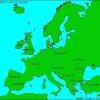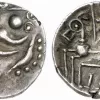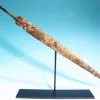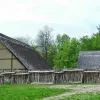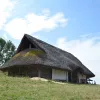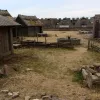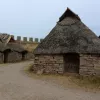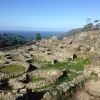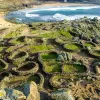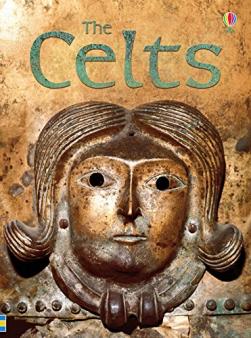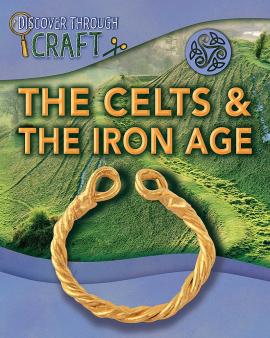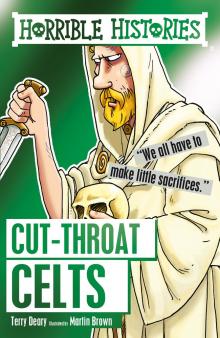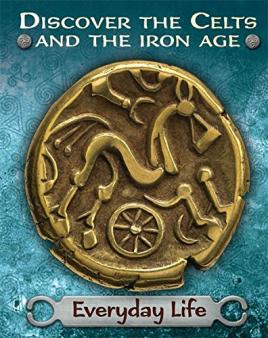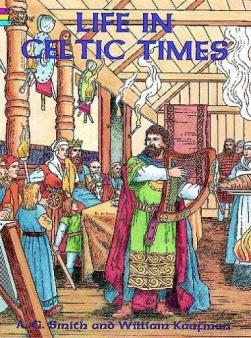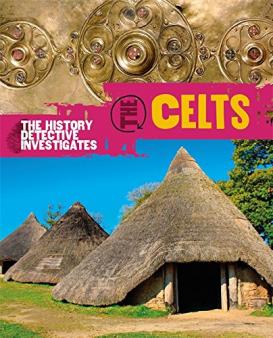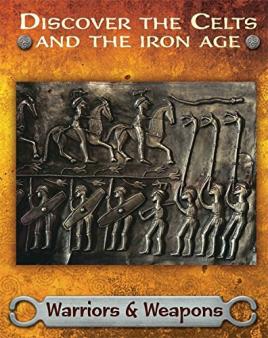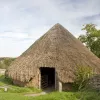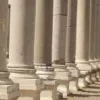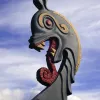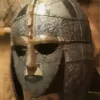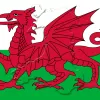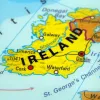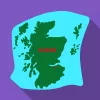Important update from TheSchoolRun
For the past 13 years, TheSchoolRun has been run by a small team of mums working from home, dedicated to providing quality educational resources to primary school parents. Unfortunately, rising supplier costs and falling revenue have made it impossible for us to continue operating, and we’ve had to make the difficult decision to close. The good news: We’ve arranged for another educational provider to take over many of our resources. These will be hosted on a new portal, where the content will be updated and expanded to support your child’s learning.
What this means for subscribers:
- Your subscription is still active, and for now, you can keep using the website as normal — just log in with your usual details to access all our articles and resources*.
- In a few months, all resources will move to the new portal. You’ll continue to have access there until your subscription ends. We’ll send you full details nearer the time.
- As a thank you for your support, we’ll also be sending you 16 primary school eBooks (worth £108.84) to download and keep.
A few changes to be aware of:
- The Learning Journey weekly email has ended, but your child’s plan will still be updated on your dashboard each Monday. Just log in to see the recommended worksheets.
- The 11+ weekly emails have now ended. We sent you all the remaining emails in the series at the end of March — please check your inbox (and spam folder) if you haven’t seen them. You can also follow the full programme here: 11+ Learning Journey.
If you have any questions, please contact us at [email protected]. Thank you for being part of our journey it’s been a privilege to support your family’s learning.
*If you need to reset your password, it will still work as usual. Please check your spam folder if the reset email doesn’t appear in your inbox.
The Celts
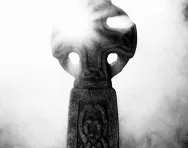
Who were the Celts?
The name ‘Celts’ (pronounced ‘kelts’) is used to describe all of the people who lived in Britain and northwest Europe during the Iron Age – from 600 BC to 43 AD, which is when the Romans arrived.
The Celts were a very advanced society. For instance, they learned how to make weapons from iron, which is why we call the time they lived in the “Iron Age”. In Britain, the Celts settled in areas such as Cornwall and Wales.
Top 10 facts
- The Celts lived during the Iron Age, from about 600 BC to 43 AD. This is the time when iron was discovered and used.
- The Iron Age ended when the Romans invaded Britain and set up their own civilisation and government.
- The people who lived in Britain during the Iron Age weren’t called ‘Celts’ until the 1700s. The name is used to describe all the different tribes that lived in Britain then.
- There were three main branches of Celts in Europe – Brythonic, Gaulic and Gaelic. Brythonic Celts (Britons) settled in England.
- The Celts who settled in England were split into many different tribes, each ruled by a king or queen.
- The Celts believed in many different gods who affected every part of everyday life. Druids, who were priests in Celtic society, tried to figure out what the gods wanted.
- Men and women in Celtic times usually wore long tunics with different accessories, such as coats, capes or belts.
- Most Celts were farmers, and they lived in houses that were round instead of square.
- In battle, Celts mainly fought with swords and spears, and they used long shields to protect themselves.
- Some people can still speak Celtic languages such as Welsh and Gaelic.
The Celts timeline
- 600 BCThe Iron Age began

- 335 BCCeltic tribes signed a peace treaty with Alexander the Great, ensuring peace between the Celts and the Greeks
- 70 BCDruids arrived in Britain
- 43 ADThe Romans invaded Britain, marking the end of the Iron Age

- 60 ADQueen Boudicca led an attack on Roman London

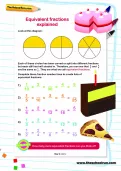
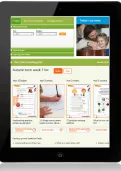
Boost Your Child's Learning Today!
- Get a tailored learning plan for your child
- English & maths resources added each week
- Interactive & printable activities
Did you know?
- The Iron Age is named for the fact that people first started using iron to make weapons and tools. Before this, they’d have used bronze.
- There were three main branches of Celts:
- The Celts wore brightly coloured clothing, and made fabric dyes from berries, plants and even seaweed. Dyeing was something that only women could do – it was considered bad luck to dye cloth if a man was around!
- The Celts lived in round houses with thatched roofs – they were made in the shape of circles, rather than with four walls.
- Many Celts were farmers, so they grew their own food and learned where they could gather nuts, berries and honey around their village.
- The Celts also kept their own cows, chickens and other livestock – sometimes the animals would come into their homes at night, as they didn’t have their own stable.
- Groups of houses built on top of hills were called hill forts – people living there could see if any enemies were coming just by looking out over the valleys, and could build strong walls around their hill to help defend it.
- Some people can still speak languages that the Celts spoke, Welsh and Gaelic.
Celts gallery
- A map of Iron Age Europe
- A roundhouse reconstruction at the Ancient Technology Outdoor Education Centre in Cranbourne, Dorset (Photo Credit: Clive Perrin)
- Celtic coins
- A real Iron Age Celtic sword
- A Celtic knot design
- A reconstructed Celtic village in Gabreta, Germany
- The "Castro de Barona" in Spain, the excavated site of an old Celtic fortress settlement
Gallery
About
The body of an Iron Age Celt was found in a bog in Cheshire in 1984. He is called the Lindow Man, and could have died as part of a sacrifice to the gods worshipped at that time.
In Celtic society, people could tell how wealthy you were just by looking down at your feet. Shoes would have taken a lot of time and skill to make, so only higher class people would be able to afford them. Celtic women usually wore two types of garments called the léine (a long tunic) and the brat (a cloak). Celtic men also wore léines and brats, but they’d also sometimes wear an inar (a jacket) over truis (trousers or shorts).
While you often hear about people in past times not taking very good care of themselves, the Celts liked to stay clean, smelling nice, and make an effort with their appearance. Archaeologists have found beautiful jewellery such as torc necklaces, razor blades for shaving, combs and hair accessories that tell us about what sorts of things the Celts would have used.
Celtic priests were called Druids, and the Celts believed that they understood nature and the world around them so well that they predict the future from it. Druids also acted as judges in Celtic society, and even doctors; they knew a lot about the healing properties of plants, and which ones would help someone feel better if they were ill or hurt. The Celts believed that there were gods for every part of life, and that the Druids were the ones who understood how to speak to them and interpret what they wanted.
If there was a battle in Celtic times, anyone could be asked to fight – women as well as men. Celts used iron spears and swords, and they also carried long shields made from wood or iron. Some Celtic tribes would use blue paint to draw designs on their skin before going to battle.
A famous Celt is Warrior Queen Boudicca, who led an uprising against the Romans when they invaded Britain. Histories think that she poisoned herself when her soldiers were losing, and the Romans were about to take them prisoner.
Related Videos
Just for fun...
- Gruesome mini-games to play: Horrible Histories: Romans vs Celts
- "Visit" Celtic Britain: see postcards of the sights, be prepared with travellers' essentials and learn some useful phrases
- Take a Celts, Bronze Age, and Iron Age quiz to show off your knowledge
- Download, print and make a paper model of a roundhouse
- Take the Rotten Romans & Cut-throat Celts quiz
- Build your own stone circle
- Learn to draw the elaborate Celtic knots used for decoration by the ancient Celts
- Make your own Celtic armlet (print the template and the instructions to make it in clay or in card)
Books about the Celts for children
Find out more about the Celts:
- Information about Celtic life in Britain from a British Museum exhibition, with images of beautiful artefacts
- See a map of where the different native tribes of Britain lived in the Iron Age
- Information about Celtic religion and Celtic warriors
- Look through a collection of images of reconstructed Celtic roundhouses
- Watch BBC Bitesize videos about life in Celtic Britain
- Understand more about the Picts in Scotland in BBC Bitesize videos
- There are some wonderful BBC video clips about different aspects of Celtic life: find out about Celtic jewellery, Celtic artefacts, Celtic statues, everyday Celtic objects, Celtic water gods, Celtic religion, Celtic clothing, Celtic funerals, Celtic burial rites and Celtic burial chambers.
- Watch video clips to understand what a Celtic village looked like, how people lived in Celtic villages, Celtic roundhouse design, dwellings in a Celtic town and brochs, Celtic houses in the area which was formerly occupied by Picts and is now Scotland. An excavation at Chysauster, site of a Celtic village in south western Cornwall, shows what the ruins of roundhouses look like today.
- See pictures of beautiful Celtic art
- What did the Celts look like? Find out more about the reconstruction of a Celtic warrior's body found at Lindow Moss in Cheshire, famously known as the Lindow Man. His last meal was also analysed to understand more about his diet!
- Read children's fiction about the Celts
- Iron Age Celts in Ireland
- Find out about Celtic objects and art, including a Celtic sword and scabbard dating from 60 BC
See for yourself
- "Visit" Celtic Britain with a BBC Bitesize interactive guide
- See the Lindow Man at the British Museum
- The Maiden Castle hill fort in Dorchester is the UK’s largest and most complex example of an Iron Age hill fort
- Visit Danebury Iron Age Hill Fort Local Nature Reserve in Hampshire and download a "story walk" to complete around the site
- Castell Henllys is an important Iron Age archaeological site in north Pembrokeshire, Wales
